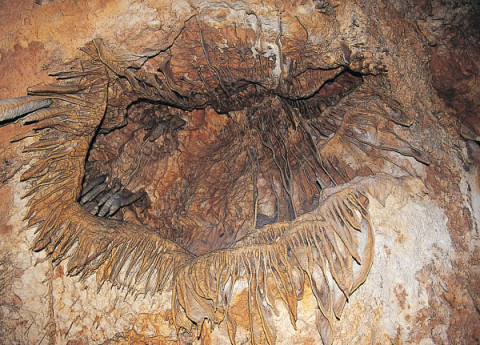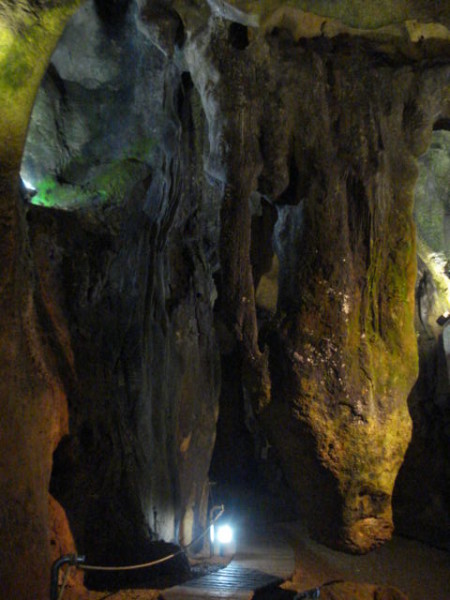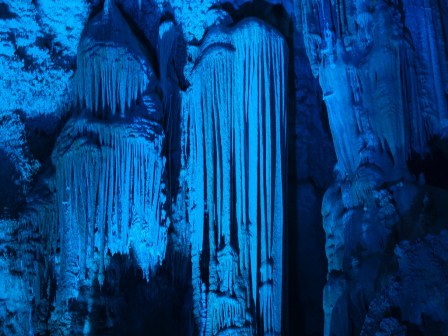A cave is a lot more than a hole in the ground; it is a place to dream.
The province of Alicante is full of holes, and people have been dreaming there since before time itself.
At Benidoleig you have the Cueva de las Calaveras (skulls) a delightful name that refers to the finding of bones, both human and animal dating back 50,000 years, and arousing speculation about human cannibalism, or just bad housekeeping.
As high as 60 metres in some places, and 400 metres long, there would have been more than enough headroom for a rhinoceros, teeth of which have been found there.
As I said, caves are for dreamers, and it is perhaps for this reason that visitors claim to see in the lumps of rock, figures of doubtful resemblance, such as a pirate, a boar, a crocodile, a polar bear, or even President Kennedy and the breasts (separate apparently) of Sophia Loren.
One popular legend which seeks to explain the origin of the name of the cave, is that while running away from El Cid, the Moorish King Ahli Moho sought refuge there in the company of 150 concubines, neither more nor less, as well as the inevitable treasure, and that there they perished, including their skulls.
On a more practical note, the cave was used by the Republicans during the Spanish Civil War to store explosives; so watch where you tread!
La Cova de Rull is located in the Vall d’Ebo. It was discovered in 1919 by a hunter, although credit should really be given to his dog; the hunter, whose nickname was Uncle Rull, just followed it.
Actually, credit should really go to the rabbit who was chased by the dog, but as he ended up in the paella, I suppose there’s not much point.
The cave is worth a visit, but more so the English version of its website, which is hilarious, and gets more so after a glass of wine or three.
You will not be surprised to learn that it has stalagmites, stalactites and rocks that look like something else.
At Busot you can find the Canelobre caves, with a cathedral-like vault, 70 metres high, and a spectacular location about 600 metres halfway up a mountain, known as Cabezón de Oro (big, golden head).
Like Benedoleig, the cave served a military function during the Spanish Civil War, and in fact the visitors’ entrance today was opened up by the Republican army.



